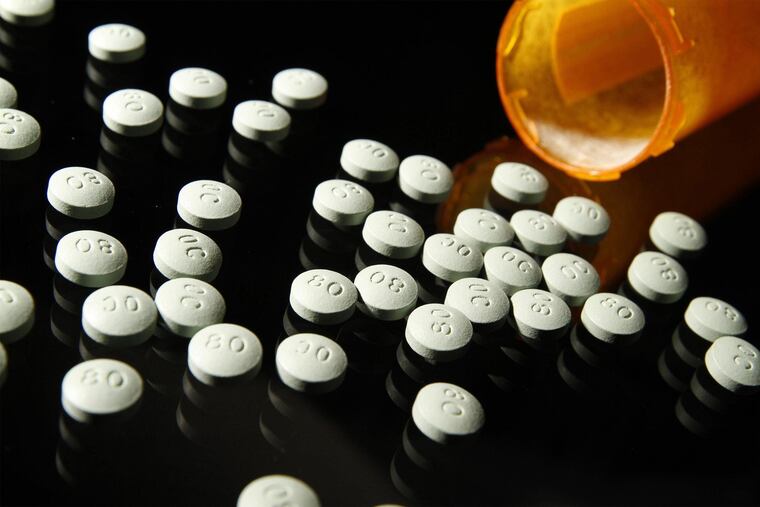Pain relief doesn’t have to mean opioids, Pa. urologic study suggests l Expert Opinion
Pennsylvania academic urologists are exploring ways to reduce opioid prescriptions after surgery.

Physicians now have an important responsibility to help combat the opioid epidemic. The United States consumes 80% of the world’s supply of opioids and loses more than 60,000 people a year to this crisis.
Data show that more than a quarter of patients receiving opioids will eventually misuse them, with 4% to 6% more progressing to heroin use. We know that legitimate prescriptions and postsurgery use are often a gateway to opioid abuse — and urology is no exception. Long after urologic surgery, 10% of patients keep using opioids. But completely eliminating opioid prescriptions is complicated. These drugs do play a role in helping patients alleviate unrelenting pain.
The Pennsylvania Urologic Regional Collaborative (PURC) presented a possible solution last month at the 117th Annual Meeting of the American Urological Association (AUA). This group of local institutions, including Jefferson Health, Penn Medicine, Fox Chase Cancer Center, and Penn State Health, explored ways to reduce opioid use after robotic prostate surgery. PURC showed that it is possible to control pain and ensure patient comfort while minimizing or eliminating opioid use.
The PURC study, involving 2,061 patients, resulted in 14,582 total fewer opioid tablets prescribed in Pennsylvania over a year. This was accomplished by reducing oxycodone prescriptions to patients while in the hospital.
In addition, the average number of tablets that patients were sent home with fell from 20 to 0. The percentage of patients going home with opioids, after never using them during their hospital stay, fell from 98% to 25%. It is important that pain scores did not change with the new protocols, suggesting that patients didn’t suffer more while avoiding the risks that come with opioid use.
Also at the AUA meeting, two other groups of researchers presented further evidence that opioids aren’t necessary to treat kidney stone pain or following kidney stone surgery. Researchers from Rochester, N.Y., found that kidney stones are actually the most common reason for opioid prescriptions in the emergency department.
Because kidney stones can recur, these patients are at particular risk for addiction, as they may receive opioids multiple times. A team from the Bronx, N.Y., showed that patients can get the same or better pain relief without using opioids after surgery to remove kidney stones.
With kidney stones, emergency department physicians must begin considering alternatives that have been proven to work, including nonsteroidal anti-inflammatory drugs such as a prescription NSAID or pain relievers such as ketamine and lidocaine.
Reducing unnecessary opioid prescriptions not only helps individual patients but also protects society at large. Most patients currently receiving opioids are given much more than needed. When a patient does require opioids, a three- to five-day supply is enough and can lower the risk of addiction. Prescribing too many pills can put any unused drugs in the community, ripe for diversion and misuse.
Everyone will be a patient at some point, so we hope to raise awareness that opioids are often not necessary for pain management. Research shows that there are alternatives that have been proven to work. By building strong partnerships between patients and physicians based on scientific research, we can address this epidemic at the source.
Yash B. Shah is a medical student at Sidney Kimmel Medical College, Thomas Jefferson University; Robert Glatter, M.D., is an emergency medicine physician and physician-journalist who covers the opioid epidemic; Thenappan Chandrasekar, M.D., is a urologist at Thomas Jefferson University Hospital.